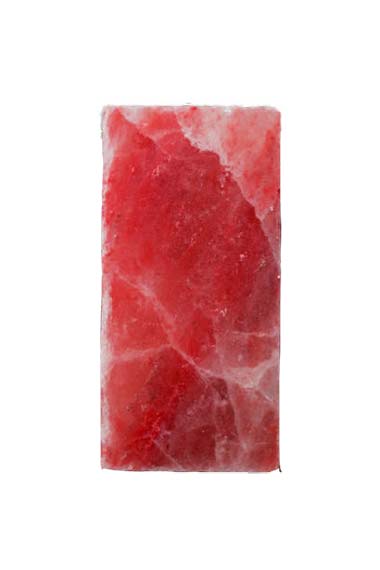Himalayan edible pink salt origins and formation has a fascinating geological history. Mined from the majestic Himalayan mountains, this salt carries the ancient echoes of the Earth’s evolution.Himalayan pink salt, renowned for its distinctive color and reputed health benefits.

- Geological Origins: Himalayan salt is primarily derived from the remnants of ancient seas that once covered the region. Over millions of years, geological shifts and tectonic movements led to the formation of the Himalayan mountain range. As these mountains rose, they trapped the ancient seabed beneath layers of rock and sediment.
- Mining Process: Mining Himalayan pink salt is a labor-intensive process that involves extracting the salt from deep within the mountains. Miners access the salt deposits through tunnels and chambers, carefully avoiding impurities. The extraction is done manually, preserving the natural purity of the salt.One notable aspect of Himalayan salt mining is its hand-harvesting tradition. Skilled artisans meticulously extract the salt, ensuring that the process remains true to its artisanal roots. This method helps maintain the integrity of the salt’s composition and prevents contamination.
- Unique Pink Color: The striking pink hue of Himalayan salt is attributed to the presence of trace minerals, particularly iron oxide. These minerals infuse the salt crystals with a warm, rosy color, creating a visually appealing and distinctive product.The concentration of minerals in Himalayan salt can vary, leading to subtle differences in shades ranging from pale pink to deep red. The mesmerizing color is not only aesthetically pleasing but also indicative of the salt’s mineral-rich composition.
- Presence of Trace Minerals: One of the key selling points of Himalayan pink salt is its purported health benefits due to the presence of trace minerals. These minerals, including iron, magnesium, potassium, and calcium, contribute to the salt’s unique flavor profile and are believed by some to offer health advantages.
While the quantities of these minerals in Himalayan salt are relatively small compared to other dietary sources, proponents argue that they can still contribute to a more balanced mineral intake, especially in comparison to highly processed table salt.
In conclusion, Himalayan edible pink salt is not just a kitchen staple but a geological wonder shaped by the ancient forces that crafted the Himalayan mountains. Its unique color and mineral content make it a sought-after ingredient, celebrated not only for its culinary attributes but also for its connection to the Earth’s distant past.
Himalayan edible salt is renowned for its distinctive colors
Himalayan edible salt is renowned for its distinctive colors, ranging from pale pinks to deep reds. These variations in color are primarily due to the presence of different trace minerals in the salt crystals. Here are some common colors of Himalayan edible salt and the minerals associated with them:
- Pink Himalayan Salt:The most common color, ranging from light pink to dark pink.The pink hue is attributed to the presence of iron oxide (rust) in the salt.
- Red Himalayan Salt:Some varieties of Himalayan salt can exhibit a deeper red color.The intensity of redness is often linked to higher iron oxide concentrations.
- Orange Himalayan Salt:Occasionally, Himalayan salt crystals may take on an orange tint.The presence of a combination of minerals, including iron oxide and other trace elements, contributes to the orange color.
- White Himalayan Salt:While less common, there are Himalayan salt crystals that appear white or colorless.The absence or lower concentration of certain minerals, including iron oxide, results in a lighter color.
- Light Rose Himalayan Salt:Some Himalayan salt crystals may exhibit a subtle and delicate rose color.The variation in shades within the pink spectrum is influenced by the specific mineral composition.
It’s important to note that the exact color of Himalayan salt can vary based on the specific mine or deposit from which it is sourced. The variations in mineral content and environmental conditions during formation contribute to the diverse colors observed in Himalayan edible salt. Additionally, the presence of these trace minerals is often touted for potential health benefits and is considered by some as a distinguishing feature of Himalayan salt compared to more refined salts.
Looking for Edible salt : Click here





